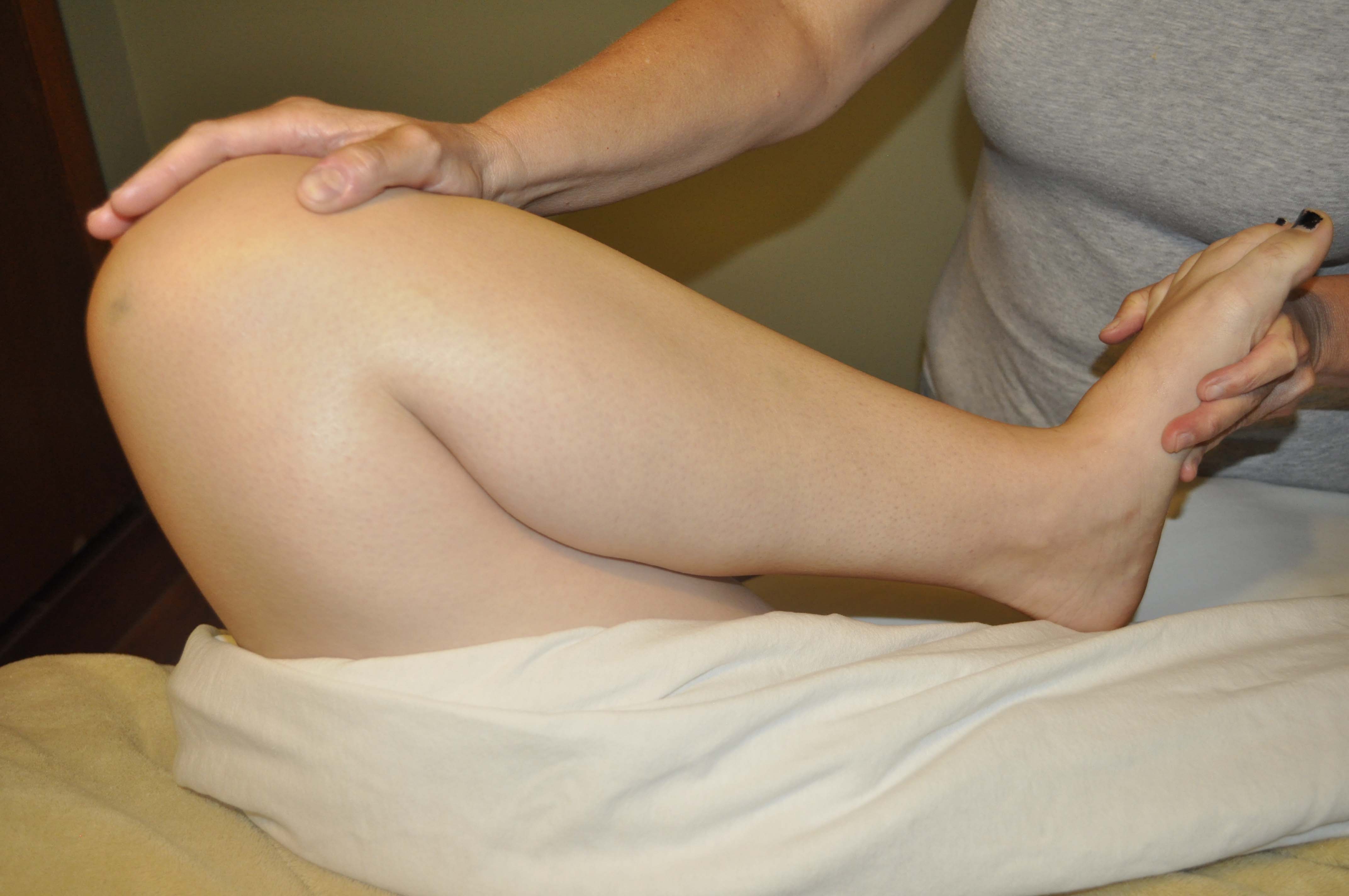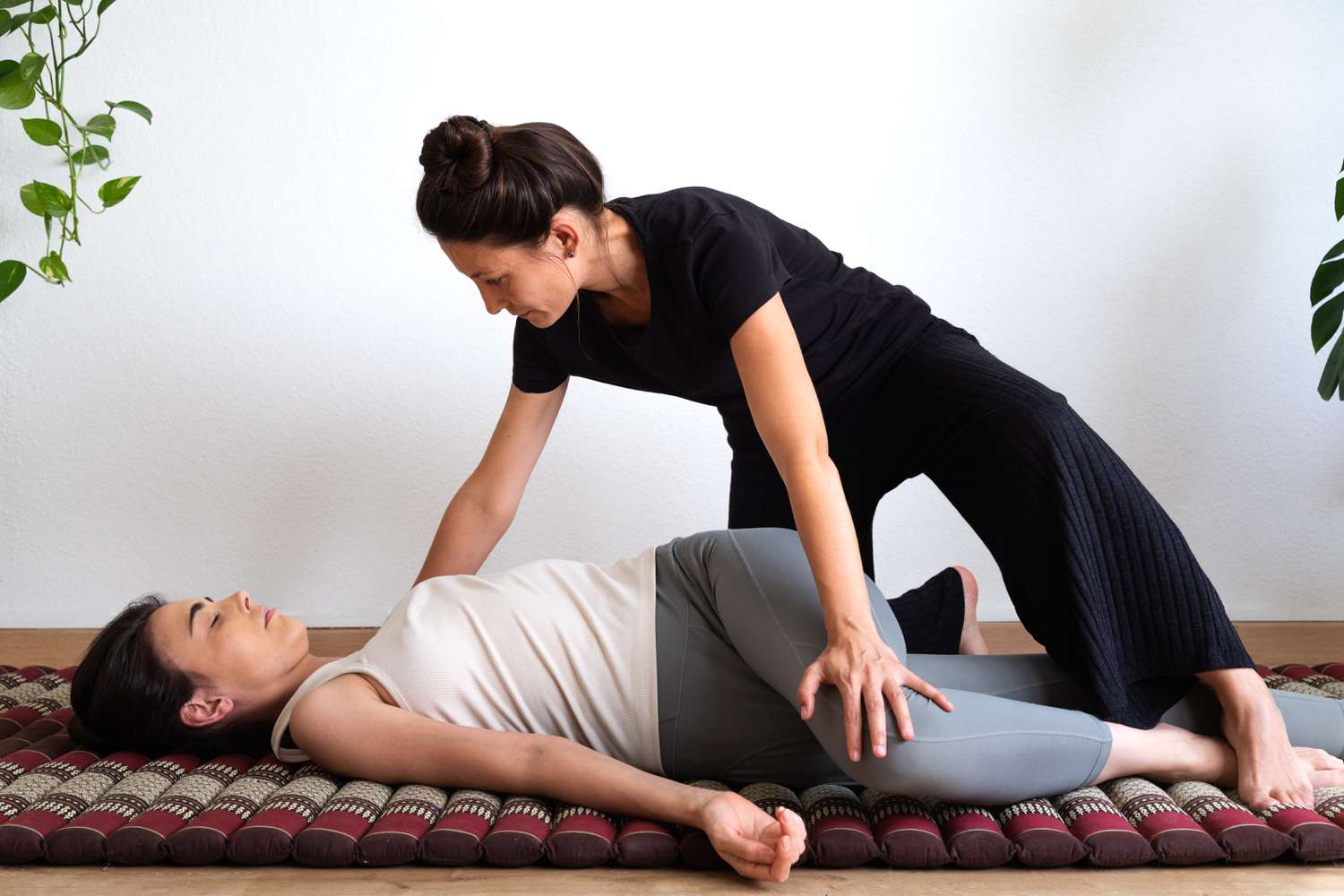A full body massage in Thailand involves traditional Thai techniques aimed at relieving muscle tension and promoting relaxation. It typically includes a combination of acupressure, stretching, and passive joint movement to improve overall well-being and energy flow.
Thailand is renowned for its ancient healing practices, and Thai massage is a cornerstone of the country’s wellness traditions. These massages are often performed on a floor mat, and practitioners use their hands, elbows, and feet to manipulate the client’s body.
The goal is to stimulate the body’s energy lines to release tension, increase flexibility, and promote a sense of balance. Visitors to Thailand often seek out these massages to experience their therapeutic benefits and immerse themselves in the local culture’s rich health and wellness heritage.
The Origins Of Thai Massage
Thai massage, also known as “Nuad Borarn” in Thai, is a traditional healing system that has been practiced in Thailand for centuries. It is a combination of acupressure, Indian Ayurvedic principles, and assisted yoga postures. This therapeutic technique is deeply rooted in the ancient healing traditions of the country and has evolved through various influences over time.
History Of Traditional Thai Massage
The history of traditional Thai massage dates back more than 2,500 years, making it one of the oldest healing practices in the world. Legend has it that the practice was founded by the renowned physician Jivaka Kumar Bhaccha, a contemporary of Buddha and the personal physician of the Magadha King Bimbisara.
Jivaka’s healing methods were formulated into what is now known as Thai massage, with the intention of maintaining and restoring a person’s well-being. Over the centuries, this ancient healing art has been passed down through generations, preserving its authenticity and effectiveness.
Influence Of Ayurvedic And Chinese Medicine
Traditional Thai massage has also been influenced by Ayurvedic principles from India and traditional Chinese medicine. Ayurveda, the ancient Indian system of medicine, emphasizes the balance of the three doshas, or energies, within the body to maintain good health. This influence is evident in the application of pressure points and energy lines in Thai massage, which aims to restore the body’s natural flow of energy.
Additionally, Thai massage incorporates elements of Chinese medicine, particularly the concept of meridians and the flow of energy through the body. The practice of working along specific energy channels is believed to promote overall well-being and vitality.
Techniques And Benefits Of Full Body Massage
A full body massage in Thailand is a popular and well-known practice that involves a combination of diverse massage techniques and offers a wide range of health benefits. This traditional form of massage has been refined over centuries, making it a deeply ingrained part of Thai culture and a sought-after treatment for locals and tourists alike. Understanding the techniques and benefits of a full body massage in Thailand will shed light on why this practice has gained widespread recognition and popularity.
Thai Massage Techniques
Thai massage, also known as Thai yoga massage, incorporates a combination of acupressure, stretching, and deep tissue massage techniques. The practitioner uses their hands, elbows, feet, and knees to apply pressure to various energy lines and points on the body, aiming to release tension and promote overall well-being. This unique form of massage is performed on a padded mat on the floor, allowing for a full range of motion and flexibility during the massage.
Health Benefits Of Full Body Massage In Thailand
- Promotes relaxation and stress relief
- Improves blood circulation
- Increases flexibility and range of motion
- Relieves muscle tension and pain
- Boosts immune system
- Enhances mental and emotional well-being
What Is A Full Body Massage In Thailand?
What is a Full Body Massage in Thailand?
Traditional Thai Massage Vs. Other Massage Techniques
Traditional Thai massage stands out for its unique blend of stretching techniques, acupressure, and rhythmic movements. Unlike other massage techniques, such as Swedish or Balinese, Thai massage focuses on energy pathways and pressure points, aiming to restore balance and promote overall wellness.
Signature Thai Massage Strokes And Pressure Points
In a traditional Thai massage, therapists employ a variety of signature strokes and pressure points to release muscle tension and improve energy flow. This includes the use of palm pressure, thumbing techniques, and gentle stretching to promote flexibility and relaxation.

Credit: www.massage-education.com
Popular Full Body Massage Therapies
Traditional Thai Massage
A traditional Thai massage is a holistic therapy that dates back over 2,500 years. It involves the application of pressure on energy lines and points, combined with gentle stretching to promote an overall sense of well-being. The massage is performed on a floor mat, and the recipient remains fully clothed throughout the session.
Thai Aromatherapy Massage
Derived from ancient Thai healing techniques, Thai aromatherapy massage involves the use of essential oils to enhance the massage experience. The aromatic oils are carefully selected to address specific needs, such as relaxation, rejuvenation, or stress relief. The combination of gentle strokes and the therapeutic scents of the oils creates a deeply calming and revitalizing experience.
Thai Herbal Compress Massage
The Thai herbal compress massage involves the use of heated herbal pouches, filled with a blend of traditional Thai herbs. These pouches are gently pressed or massaged onto the body, releasing the natural healing properties of the herbs and promoting relaxation and muscle relief. This ancient therapeutic technique is known for its ability to alleviate muscle aches and promote overall well-being.
Full Body Massage Experience In Thailand
When one thinks of Thailand, the image of serene beaches, lush greenery, and world-renowned massages often comes to mind. A full body massage in Thailand is not just a therapeutic treatment; it’s an experience that encompasses the rich cultural and traditional roots of the country. Thai massages are not just about physical relaxation, but they also offer a spiritual and emotional rejuvenation by focusing on the body’s energy pathways. Let’s delve into the unique full body massage experience in Thailand.
Setting And Ambiance
Thai full body massages are typically performed in serene and tranquil settings, often adorned with traditional Thai decor. The aroma of exotic essential oils fills the air, creating an atmosphere of calm and relaxation. Soft, soothing music serves as a backdrop, enhancing the overall sensory experience. The dim lighting and the gentle sound of flowing water also create a serene ambiance that complements the massage therapy.
Aftercare And Recommendations
After an invigorating Thai full body massage, it’s essential to drink plenty of water to rehydrate the body and aid in flushing out toxins released during the massage. Resting and allowing the body to fully experience the benefits of the massage is recommended. Additionally, gentle stretching exercises can help maintain the flexibility and relaxation achieved during the massage. Finally, it’s advisable to avoid strenuous activities or heavy meals immediately after the massage to prolong the benefits.
Ethics And Regulation Of Massage Industry In Thailand
When it comes to the ethics and regulation of the massage industry in Thailand, it is essential to understand the strict guidelines and cultural significance associated with traditional Thai massage. The regulation and certification of massage therapists, as well as the deep-rooted respect for Thai massage culture, play a crucial role in preserving the authenticity and sanctity of the practice.
Regulation And Certification Of Massage Therapists
The massage industry in Thailand is tightly regulated by the Ministry of Public Health, ensuring that all massage therapists obtain proper certification and adhere to stringent standards. Thai massage therapists are required to undergo formal training at accredited schools, where they learn the intricate techniques and principles of traditional Thai massage. Upon completion of their training, therapists must pass rigorous examinations to obtain their massage certification, which demonstrates their competency in the art of Thai massage.
Understanding And Respecting Thai Massage Culture
Thai massage is deeply intertwined with the cultural traditions and values of Thailand. It is not merely a physical practice but a spiritual and holistic experience that encompasses the mind, body, and soul. It is crucial for both practitioners and recipients of Thai massage to approach the practice with the utmost respect and reverence. This entails understanding the cultural significance of specific techniques, maintaining appropriate attire and conduct during the massage, and upholding the sacred nature of the therapeutic environment.
Moreover, it is essential for visitors to Thailand seeking a traditional Thai massage to be mindful of the ethical implications and to choose reputable establishments that prioritize the preservation of authentic Thai massage practices.
Frequently Asked Questions Of What Is A Full Body Massage In Thailand?
What Are The Benefits Of A Full Body Massage In Thailand?
A full body massage in Thailand offers numerous benefits, including stress relief, improved blood circulation, and relaxation of muscles. Additionally, it can help alleviate muscle tension, reduce anxiety, and promote overall well-being.
What Techniques Are Used In A Full Body Massage In Thailand?
Thai full body massages typically involve a combination of acupressure, stretching, and deep tissue manipulation. Traditional Thai massage techniques, such as palm pressing and thumb kneading, are also commonly used. These methods are designed to release tension and increase energy flow.
Is It Necessary To Remove Clothing For A Full Body Massage In Thailand?
Yes, it is customary to remove clothing for a full body massage in Thailand. However, you will be provided with a traditional Thai massage outfit, known as “fisherman’s pants,” to wear during the session. The therapist will ensure your comfort and modesty throughout the treatment.
Conclusion
A full body massage in Thailand offers a rejuvenating experience, combining traditional techniques with a focus on relaxation and holistic healing. With various pressures and stretching movements, it releases tension and promotes physical and mental well-being. It’s a must-try for anyone seeking a true therapeutic escape in Thailand.

